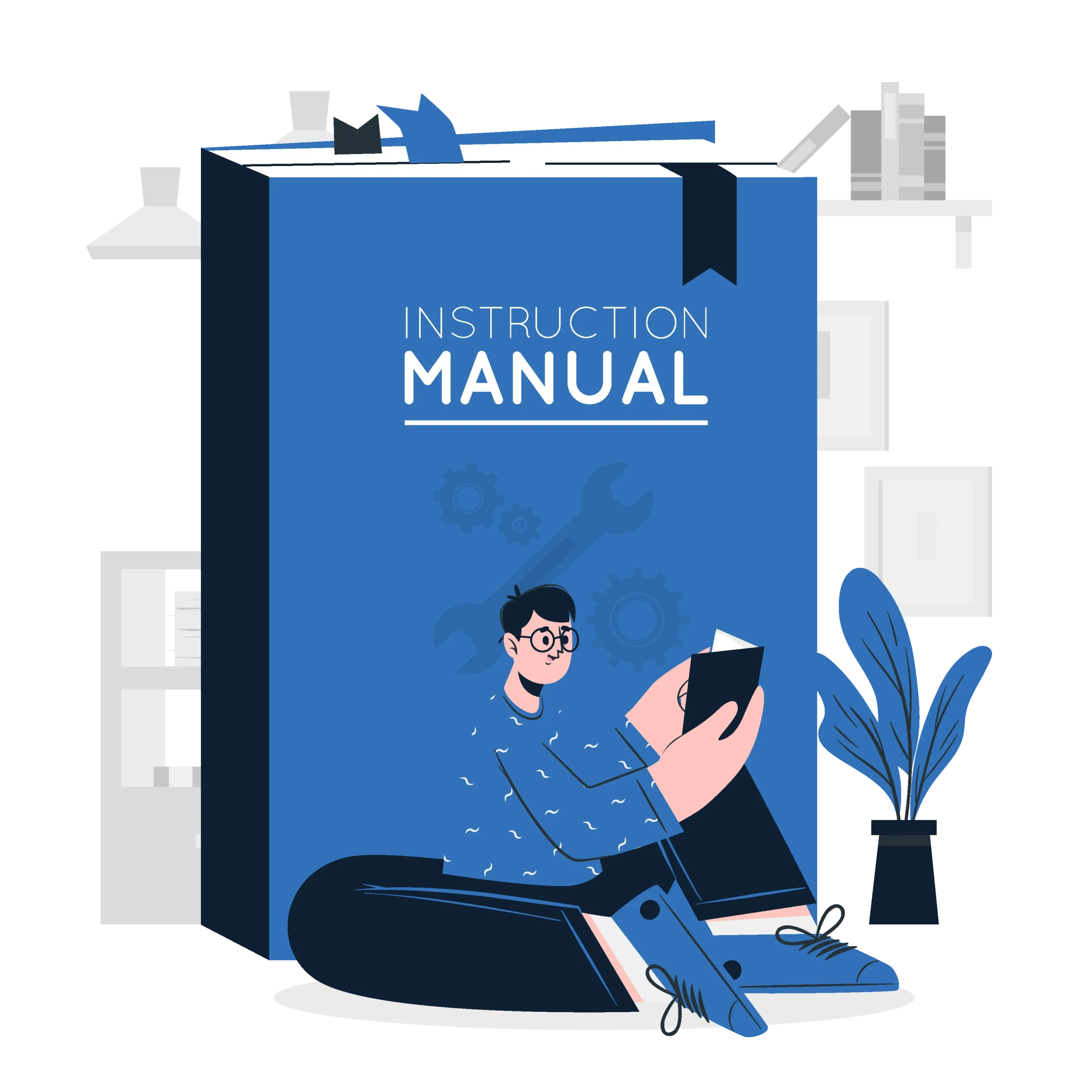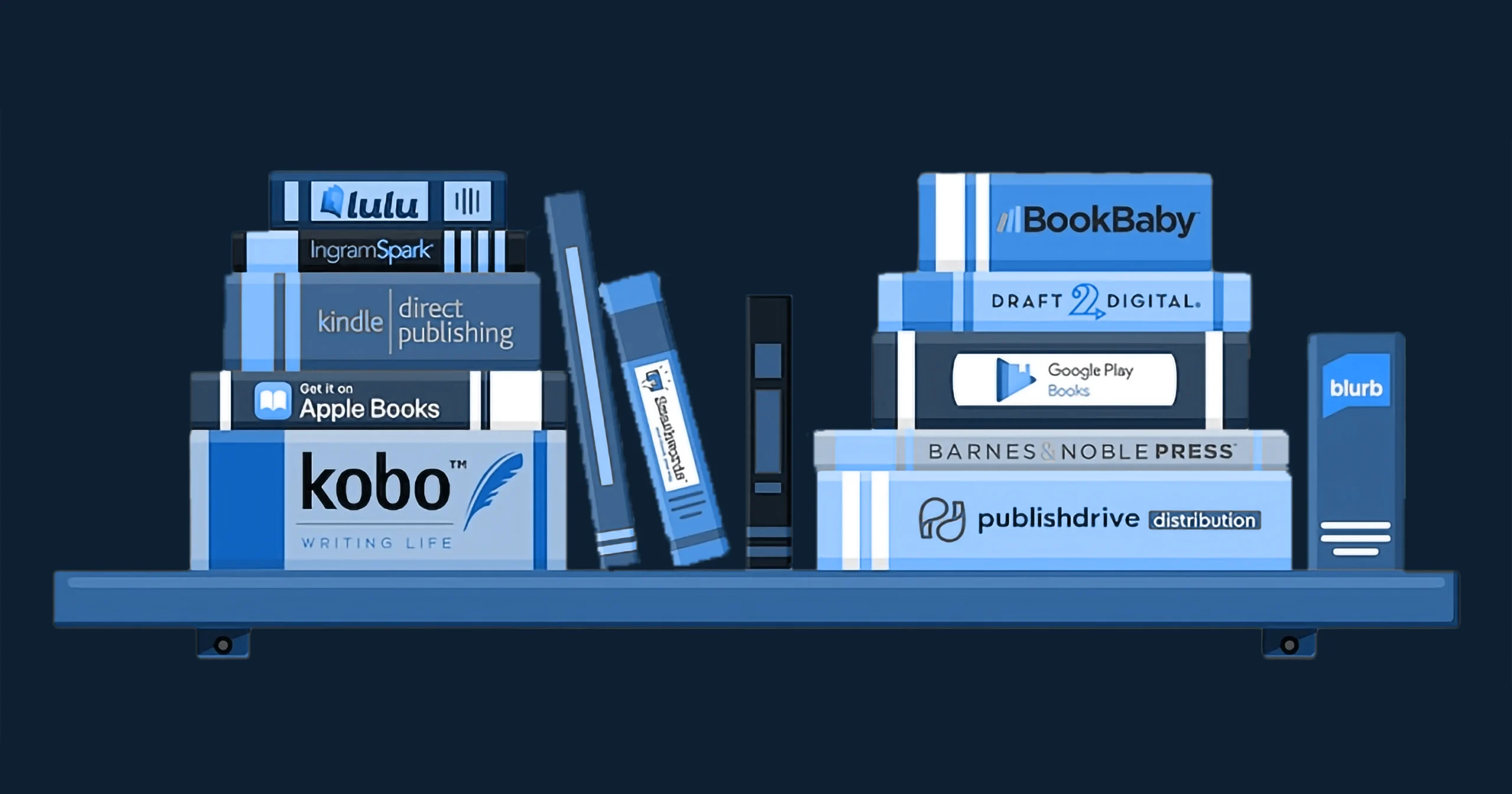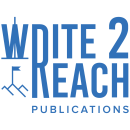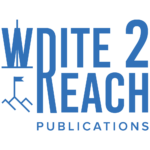How to Make a Book: A Step-by-Step Guide
- Write2Reach
- September 23, 2024
- 6:09 am
- No Comments

Creating a book is an intricate process that goes beyond just writing. From formatting to distribution, every step is crucial in ensuring that your book is not only well-crafted but also reaches the right audience. This guide provides a comprehensive overview of how to make a book, covering essential aspects such as formatting, editing, ISBN registration, cover design, distribution, and promotion.
How To Format Your Book?
1. Preparing Your Manuscript for Formatting
Before diving into the technicalities of formatting, ensure that your manuscript is complete and has gone through initial edits. This will save time and prevent complications during the formatting process. Organize your chapters, ensure consistency in headings, and finalize the structure of your content.
2. Formatting Text for Readability
Proper formatting enhances readability and creates a pleasant experience for the reader. Choose a standard font like Times New Roman or Arial, typically in a size of 11 or 12 points. Maintain consistent margins and line spacing throughout the manuscript. Use indentation for paragraphs and ensure that all headings are appropriately styled.
3. Managing Page Layout
The layout of your book plays a vital role in its overall appearance. Pay attention to page breaks, especially between chapters, and ensure that no single lines (widows) or words are left at the top or bottom of a page. Use page numbers and consider adding headers or footers with the book’s title or chapter name for easy navigation.
4. Handling Images and Illustrations
If your book includes images or illustrations, ensure they are of high resolution and appropriately placed within the text. Captions should be clear and concise, and all visual elements should align with the overall theme and tone of your book. Images should be properly sized to avoid any distortion when printed or viewed digitally.
Make a Book Editing

1. The Importance of Professional Editing
Editing is a crucial step that can make or break your book. It ensures that your writing is clear, coherent, and free from errors. A professional editor will not only correct grammatical mistakes but also provide feedback on the flow, structure, and overall quality of your manuscript.

2. Types of Editing
- Developmental Editing: Focuses on the overall structure, content, and flow of the book. It addresses issues related to plot, character development, pacing, and organization.
- Copyediting: Concentrates on grammar, punctuation, spelling, and syntax. It ensures that the text is polished and ready for publication.
- Proofreading: The final stage of editing, where the manuscript is checked for minor errors and inconsistencies before publication.
3. Self-Editing Tips
ISBN & Metadata
1. Registering an ISBN
2. Creating Effective Metadata
Book Cover Design

1. The Role of Book Cover Design
A book’s cover is often the first thing a potential reader notices, making it a crucial element in your book’s success. A well-designed cover not only attracts attention but also conveys the genre, tone, and quality of your book.
2. Working with Professional Designers
Hiring a professional book cover designer can make a significant difference in the quality of your book cover. A designer will have the expertise to create a cover that is visually appealing and appropriate for your target audience. Provide your designer with a clear brief, including the book’s genre, key themes, and any specific ideas you have in mind.
3. Key Elements of a Successful Cover
- Title and Subtitle: Should be clear, legible, and prominently displayed.
- Author Name: Positioning of the author’s name depends on the book’s genre and target audience.
- Imagery: Choose images that are relevant to the book’s content and genre. Avoid overly complex or cluttered designs.
- Color Scheme: Colors should complement each other and be suitable for the book’s genre. For example, darker tones may be appropriate for mystery novels, while bright colors might suit children’s books.
How To Get Worldwide Distribution?

1. Understanding Distribution Channels
To ensure your book reaches readers around the globe, you need to understand the various distribution channels available. These include online retailers like Amazon, physical bookstores, libraries, and direct sales through your website.
2. Print-on-Demand Services
Print-on-demand (POD) services allow you to sell physical copies of your book without maintaining a large inventory. When a customer orders your book, it is printed and shipped directly to them. This is a cost-effective option for self-published authors, as it reduces upfront costs and the risk of unsold inventory.
3. EBook Distribution Platforms
How To Promote Your Book?

1. Building an Online Presence
In today’s digital age, an online presence is essential for promoting your book. Create a website or blog where you can share updates, engage with readers, and provide information about your book. Social media platforms like Facebook, Twitter, and Instagram are also valuable tools for connecting with your audience and building a community around your book.
2. Leveraging Book Reviews and Influencers
Positive reviews can significantly boost your book’s credibility and attract new readers. Reach out to book bloggers, influencers, and reviewers in your genre to request reviews. Offer them a free copy of your book in exchange for an honest review. Additionally, encourage your readers to leave reviews on platforms like Amazon and Goodreads.
3. Paid Advertising and Promotions
Consider investing in paid advertising to increase your book’s visibility. Platforms like Amazon Ads, Facebook Ads, and Google AdWords allow you to target specific audiences based on demographics, interests, and reading habits. Promotions such as discounted prices or limited-time offers can also help drive sales and attract new readers.
Conclusion: Bringing Your Book to Life
Making a book is a complex yet rewarding journey that involves careful planning, creativity, and persistence. From formatting your manuscript to promoting your book, every step plays a crucial role in ensuring your book’s success. By following this guide on how to make a book, you can create a work that reflects your hard work and passion while reaching and resonating with readers worldwide.




